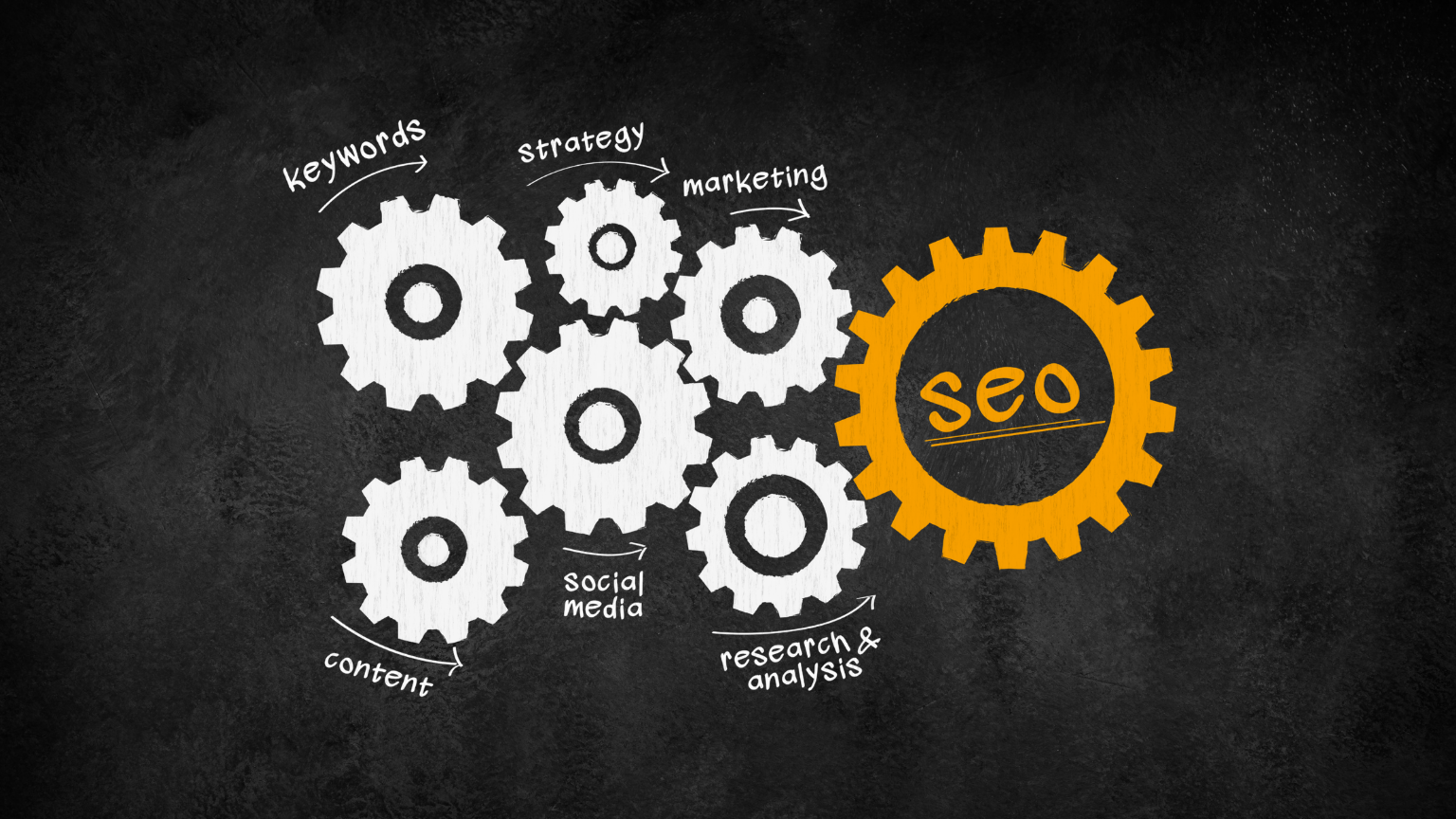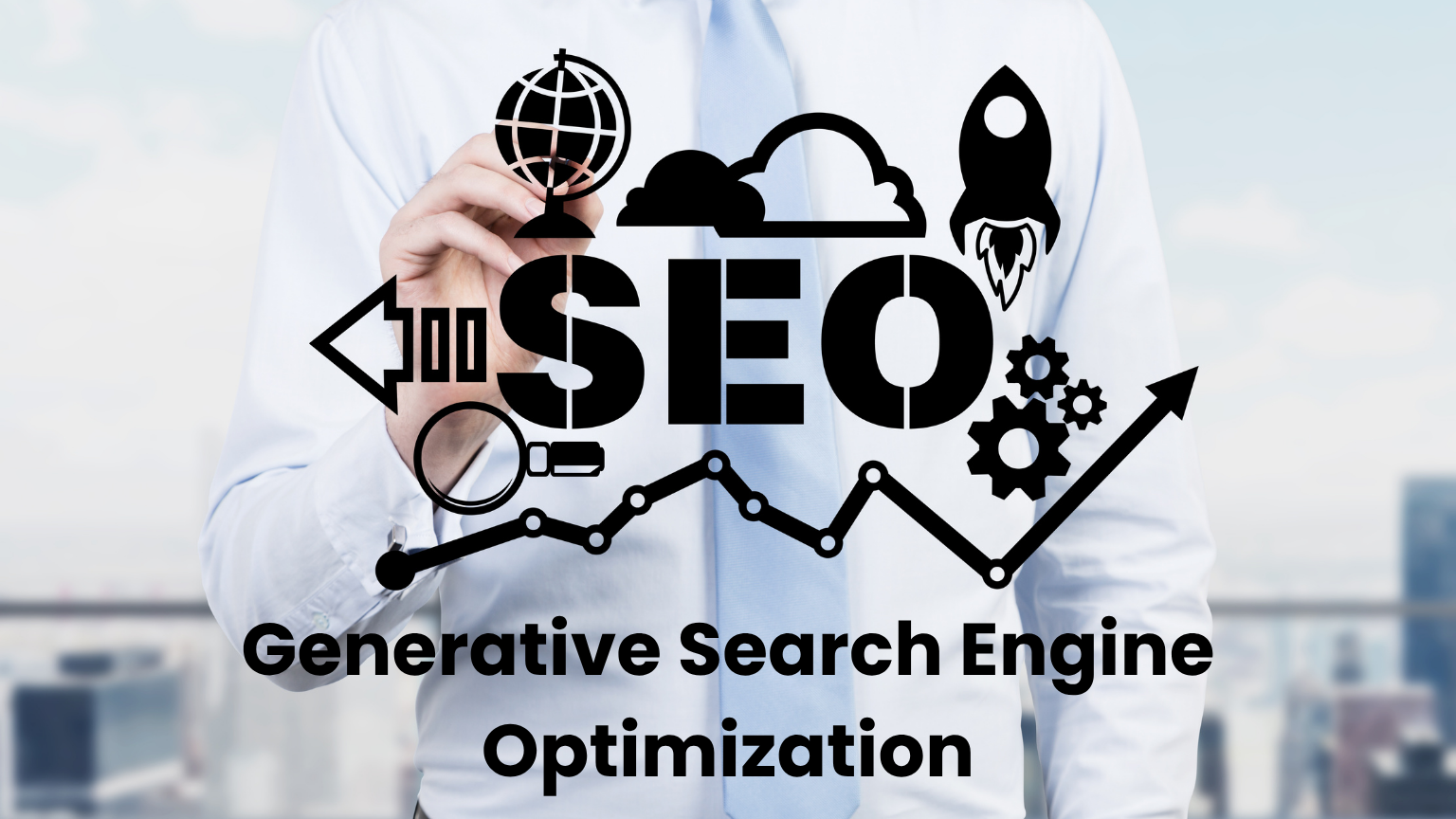Understanding the New Landscape of SEO
The landscape of search engine optimization (SEO) has undergone significant transformations due to evolving market trends, particularly in response to changing user behavior and advancements in technology. Traditional SEO tactics, once predominantly focused on keyword density and backlinks, are now being reassessed to accommodate new paradigms in content consumption. Modern users are more inclined to seek instant answers, driven by the immediacy demanded by voice search and mobile queries. This shift is reflected in the way search algorithms prioritize user intent over mere keyword relevance.
In recent years, search engines have increasingly incorporated artificial intelligence (AI) and machine learning to refine their algorithms. These technological advancements enable search engines to better understand context, semantics, and user expectations. Consequently, marketers must adapt their strategies to align with these sophisticated systems. For instance, the integration of features like featured snippets, knowledge panels, and local search functionalities has redefined how information is presented to users. This evolution means that high-quality, relevant content is more critical than ever, as it not only meets user needs but also aligns with algorithm preferences.
Moreover, as consumer preferences become more focused on personalized experiences, the importance of staying updated on these emerging trends cannot be overstated. Businesses and marketers must invest in tools and methodologies that analyze user behavior and feedback to refine their SEO strategies continuously. This proactive approach helps ensure that content is not only discoverable but also resonates with the target audience. Failure to adapt to the dynamic nature of SEO can result in declining visibility and engagement, ultimately impacting conversion rates.
In conclusion, understanding the new landscape of SEO is essential for marketers to thrive in an increasingly competitive market. By embracing these technological innovations and shifts in user expectations, businesses can enhance their online presence and drive sustained success.
The Shift Towards Search Ads: A Closer Look
In the ever-evolving landscape of digital marketing, search ads have emerged as a prominent force, reshaping the strategies employed by businesses aiming to boost their online visibility. This shift can be attributed to several key factors, primarily the increasing competition for organic search visibility. As more companies enter the digital arena, the organic space becomes saturated, making it challenging for businesses to secure high-ranking positions on search engine results pages (SERPs). Consequently, companies are finding it increasingly necessary to invest in search ads to maintain a competitive edge.
The evolution of the paid media landscape also plays a critical role in this shift. Advertisers now have access to advanced targeting capabilities that enable them to reach specific demographics, interests, and behaviors. This level of precision not only optimizes ad spend but also enhances overall campaign effectiveness, making search ads a compelling option for marketers. With tools like Google Ads offering robust analytics and real-time feedback, businesses can swiftly adapt their strategies based on performance data, further increasing the attractiveness of search advertising.
Numerous case studies support the growing effectiveness of search ads over traditional SEO methods. For instance, a study by WordStream revealed that businesses using search ads experienced a conversion rate significantly higher than those relying solely on organic search. Furthermore, a report from SEMrush indicated that companies reallocating their marketing budgets towards search ads saw up to a 50% increase in return on investment (ROI). These statistics underscore the capability of search ads to produce immediate results, often outpacing the long-term commitment involved in SEO strategies.
As digital marketing continues to evolve, the prominence of search ads will only grow, driven by the need for immediate visibility, better targeting, and measurable results. Embracing this trend allows businesses to remain relevant and effectively navigate the complexities of the digital marketplace.
Integrating SEO and Search Ads for Optimal Results
The integration of SEO and search ads forms a powerful strategy for enhancing online visibility and achieving optimal return on investment (ROI). Businesses can significantly benefit from harmonizing these two approaches by leveraging the complementary strengths of organic and paid efforts.
One effective method for combining SEO practices with search ads is through comprehensive keyword research. Utilizing analytics tools allows businesses to identify keywords that drive traffic in their search ads. These insights are invaluable for optimizing organic content, ensuring that it aligns with the search behaviors demonstrated in paid campaigns. By focusing on high-performing keywords, companies can create targeted content that appeals to their audience and ranks well in search engine results.
Content optimization remains crucial in this integration process. By analyzing the ad copy and landing pages that yield the best conversion rates, businesses can adapt their organic content strategy to include similar messaging and themes. This consistency not only enhances brand recognition but also improves SEO rankings as search engines favor well-aligned content structures. Moreover, employing on-page SEO practices such as meta tags, headers, and alt attributes can further elevate search visibility.
Ad targeting is another area where integration proves beneficial. By analyzing the demographics and engagement levels of audiences interacting with search ads, businesses can tailor their SEO strategies to reach similar segments. Implementing location-based keywords and local SEO strengthens this approach by ensuring that both organic and paid efforts resonate with the targeted audience.
Lastly, tracking performance across both channels is essential to the success of a cohesive campaign. Employing analytics platforms helps businesses measure the effectiveness of their strategies. By comparing metrics such as click-through rates, conversion rates, and organic search rankings, they can identify areas for improvement. This synergy between SEO and search ads not only maximizes online visibility but also increases the likelihood of a successful campaign execution, ultimately leading to enhanced ROI.
Future Trends: What Lies Ahead for SEO and Search Ads
The landscape of search engine optimization (SEO) and search ads is evolving at a rapid pace, influenced by technological advancements and shifts in user behavior. With the rise of artificial intelligence (AI), businesses are beginning to leverage AI-driven search tools that enhance the relevance of search results and improve the targeting of search ads. These innovations offer the potential for more personalized user experiences, as AI algorithms become increasingly adept at analyzing user habits and preferences.
Voice search optimization is another trend that is gaining traction. As smart speakers and voice-activated devices become commonplace, the need for SEO strategies that accommodate voice queries is critical. This shift will require businesses to utilize natural language processing and long-tail keywords that align with the conversational nature of voice searches. As a result, optimizing content for voice search will become a vital aspect of digital marketing strategies moving forward.
User privacy is a pressing issue that significantly impacts data availability for SEO and search advertisements. With regulations like the General Data Protection Regulation (GDPR) and growing concerns about data security, businesses must navigate a landscape where user data is more protected than ever. Companies will need to adapt their strategies to prioritize ethical data collection and transparent consumer engagement. This may include focusing on building trust through consent-aware marketing practices, thereby ensuring compliance while still gathering valuable insights.
In this ever-evolving digital marketing environment, businesses must remain flexible. Continuous learning is essential to keep pace with these trends. Adapting strategies not only in response to emerging technologies but also in reaction to changing consumer behaviors and regulatory requirements will be key to sustaining competitive advantage. By being proactive and innovative, businesses can position themselves effectively within the future landscape of SEO and search ads.






